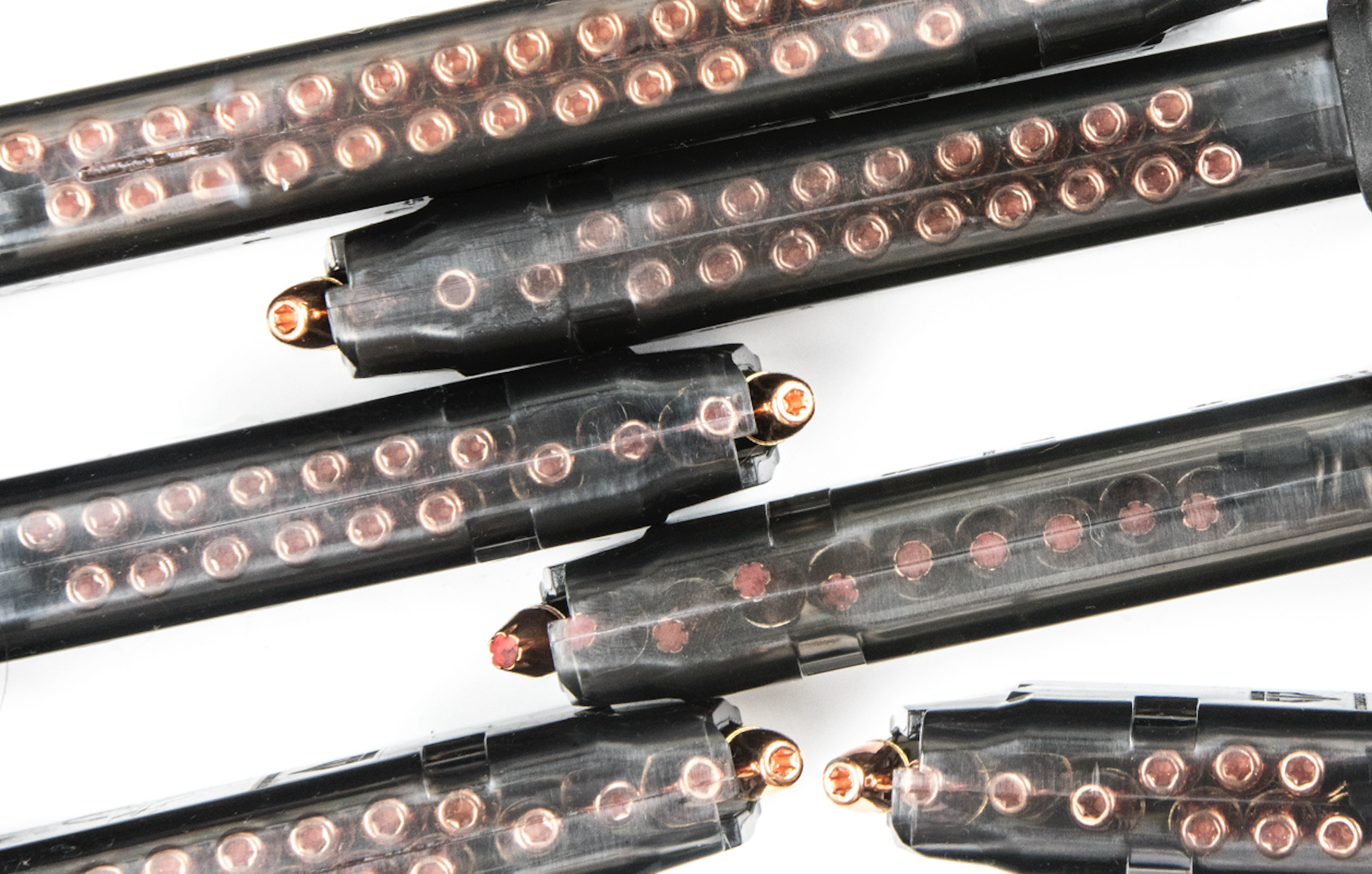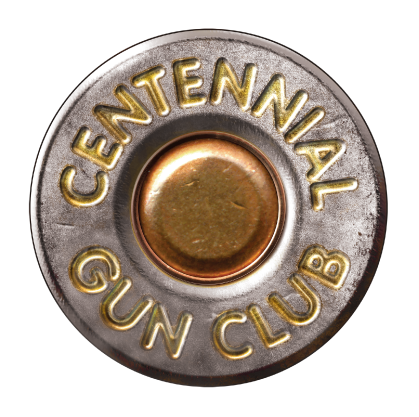
We Scienced So You Don’t Have To
ETS magazines have been on the market for a long time now, but in a world where everyone and their grandmother makes AR-15 magazines, can they stand out from the crowd? Normally, if you aren’t looking for GI-style aluminum or steel mags, we recommend Magpul PMAGs or Lancers, so it’s not a stretch that some of us here were skeptical of the new ETS Gen 2 mags. That’s why we decided to put them to the test.
Putting ETS Magazines to the Test ETS Magazine
First, we started with simple everyday tasks we expect our mags to take. Note we used a Gen M2 PMAG as a control throughout our testing, as the track record for these magazines speak for themselves. These simple tests included drops, replicating reloads, as well as a light beating, as one might expect if you’re knocking these things around constantly. We even stepped and stomped on them (and some of us here aren’t the most petite guys either). As we expected, both held up without issue.
How Much Will These Mags Take?
Enter the “throw them against the wall as hard as he can” test™. Honestly, we didn’t know what to expect. These are not the kind of tests manufacturers necessarily like you to see. Both didn’t make it unscathed, but here is where things begin to get interesting. The PMAG mag flew apart on impact, but simply popped open. All internals were fine. All we had to do was put it back together and it was back in the fight. The ETS was not so resilient. It too popped open, but the follower broke in two. After putting the broken follower back in, it worked, but only limitedly. May have been good in a pinch, but its reliability was in question. It pointed out something about the Magpul follower: it’s definitely beefier.
We couldn’t help but notice the PMAG’s end plate is a two-part system, where the ETS is a single piece. Obviously this doesn’t affect the function of the magazine, but take it what you will. Some people simply like less parts – less that can go wrong. It could have been real easy for us to lose that inner part and the PMAG would have been done. It was hard, but I would call this a draw: any different result and the favors could easily tip.
Bringing Out The Big Guns
Finally, we decided to destroy these puppies once and for all. Using our handy powered pallet jack, we ran these guys over. Both cracked open, split down the side. Again, the results were a little surprising. Both failed the same way, splitting down the spine. The PMAG however was a little worse for wear compared to the ETS Magazines. That two part end plate: both pieces broke about. The ETS was fine, but the follower, well, wasn’t reusable this time around. What stood out to me was the body of the ETS stayed largely intact: one split in it instead of two on the PMAG. The ETS body is certainly made of sturdier stuff.
So, Which is Better?
Honestly after testing, I’ve come to like the ETS a lot more. It’s reliable and durable. I’ve been looking for a .300 Blackout mag that’s easier to distinguish from all my other AR mags, and may just have found it (and look at that, ETS Magazines claims their mags work for both .300 and 5.56!). Will you use and abuse your magazines to the point of wanton destruction? Unlikely, but now you know where the faults are in any case. All we hope is this makes you a more educated consumer.
TL;DR: they’re actually pretty good.
Learn more about Centennial Gun Club here. Or start a membership today.

